Youth uprisings, arctic exploration, and a record-breaking NBA buzzer-beater are among the subjects of this year’s winning photographs and stories
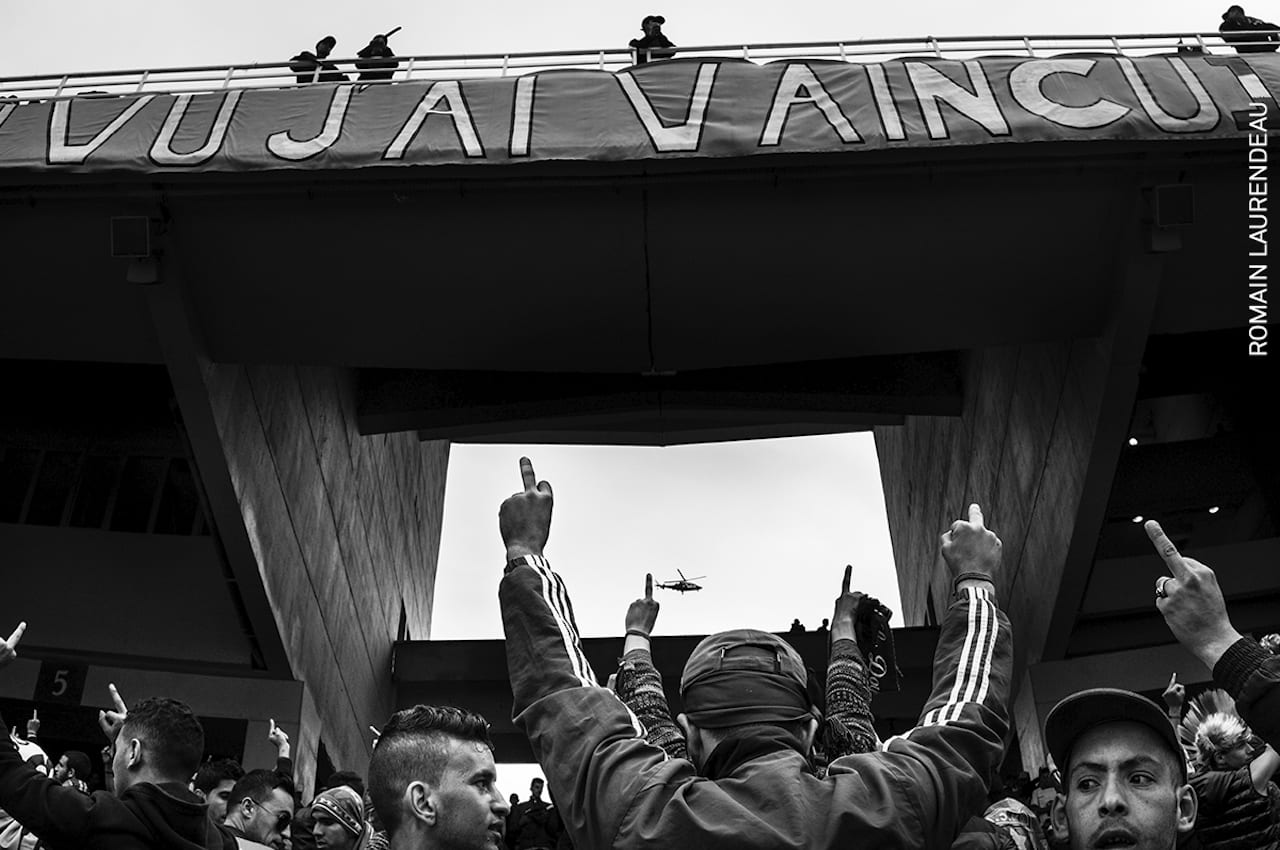

Youth uprisings, arctic exploration, and a record-breaking NBA buzzer-beater are among the subjects of this year’s winning photographs and stories
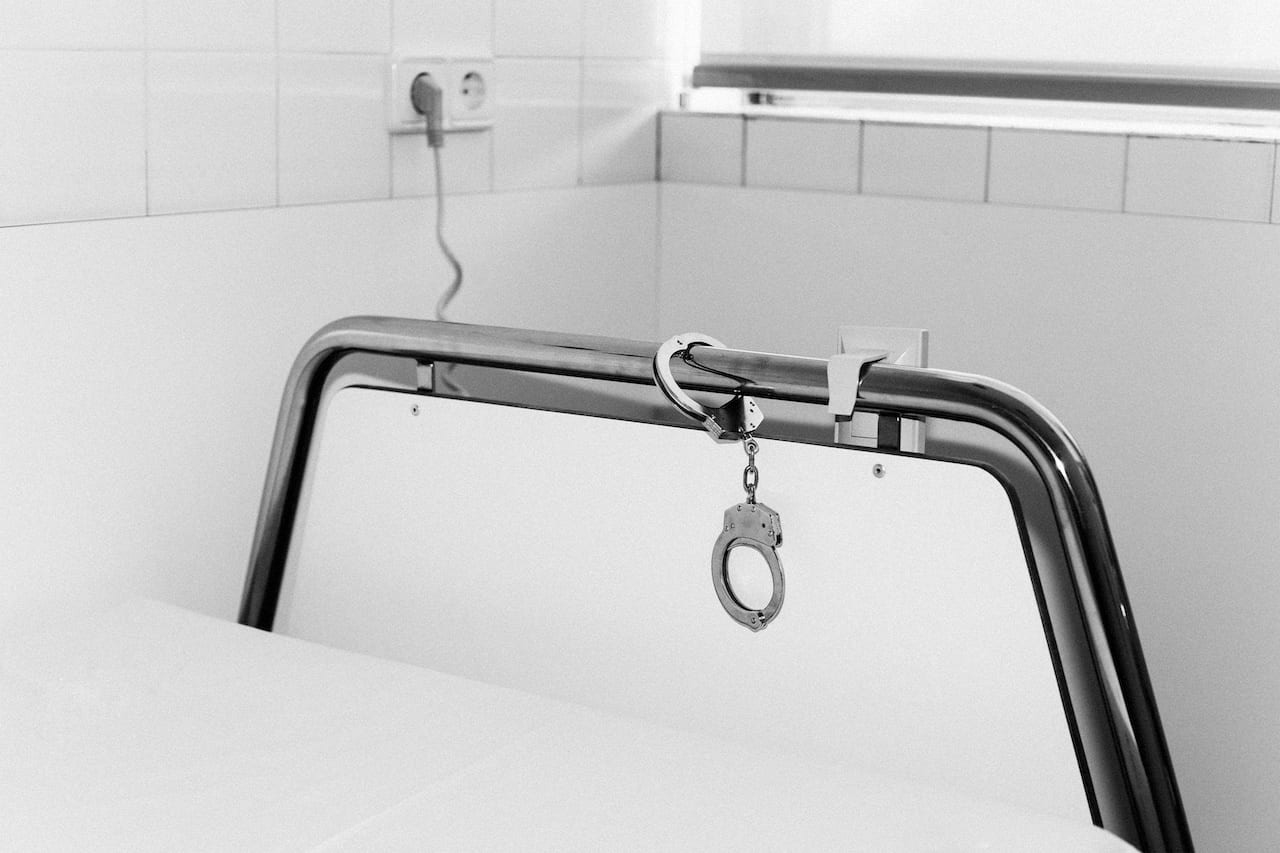
Abril wins the prestigious prize for her long term project highlighting stigmatised issues The History of Misogyny
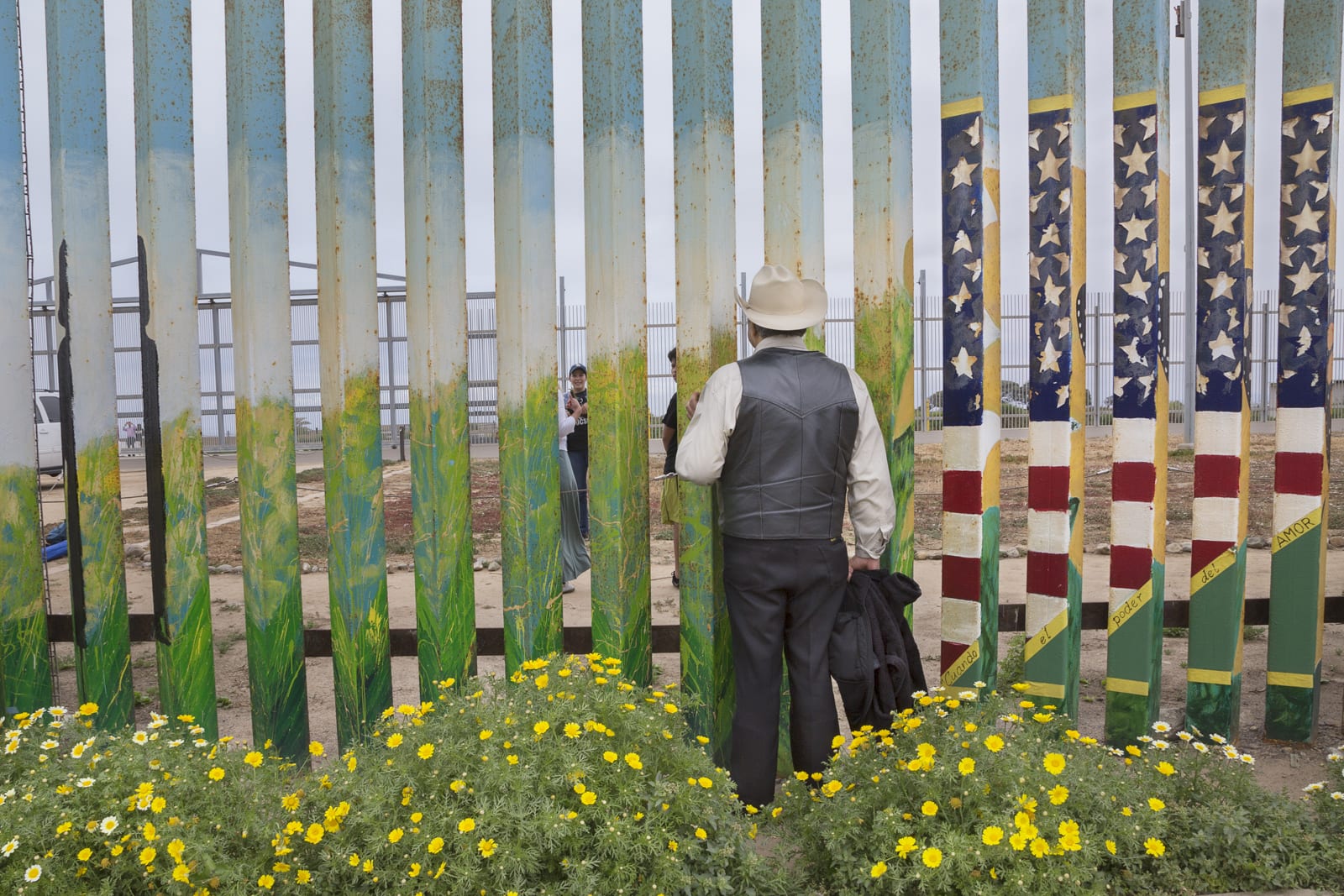
Featuring work by eight artists, and a new project from Magnum Photos, the first in a series of exhibitions at the Bronx Documentary Center examines America’s political transformation since Trump’s regressive immigration policies
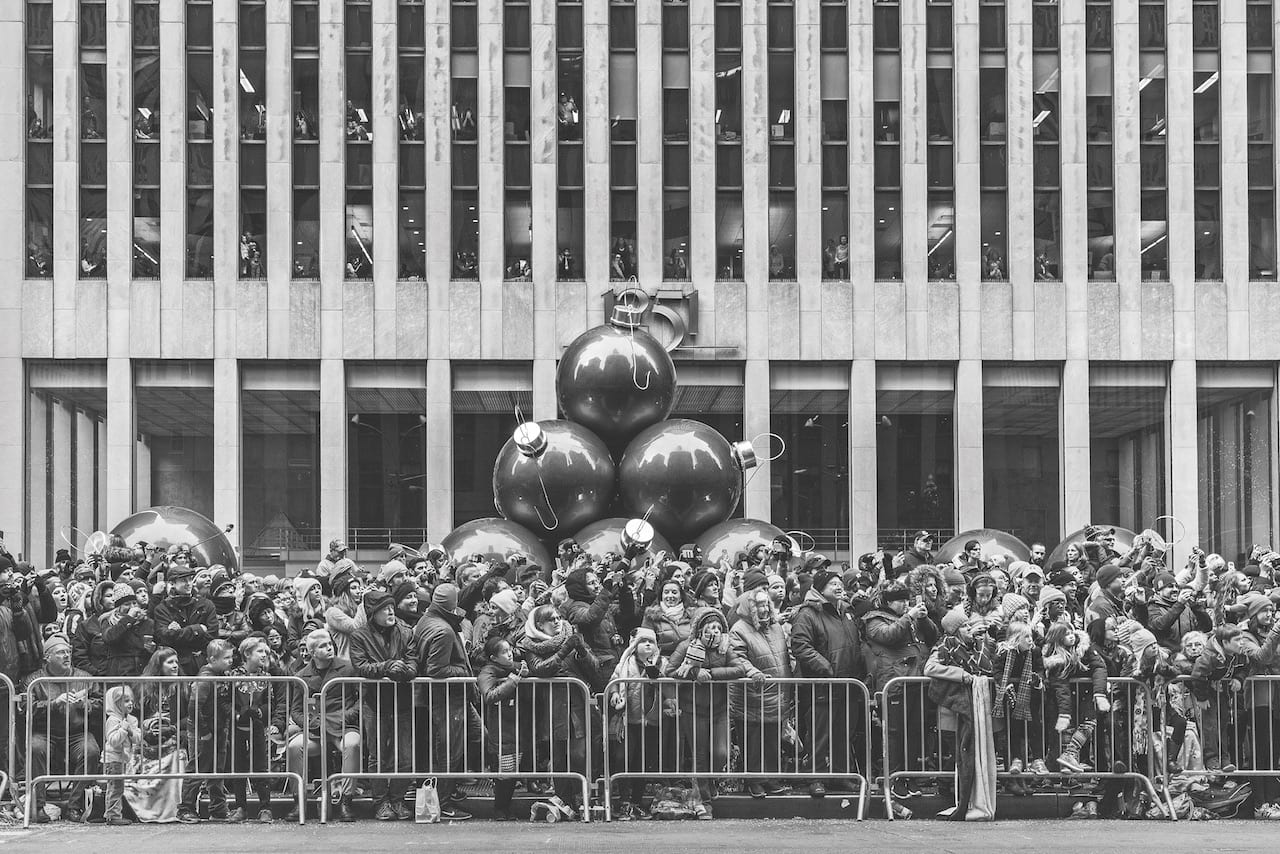
In his latest project and soon-to-be book, George Georgiou finds anonymity and intimacy along the roadside of American parades
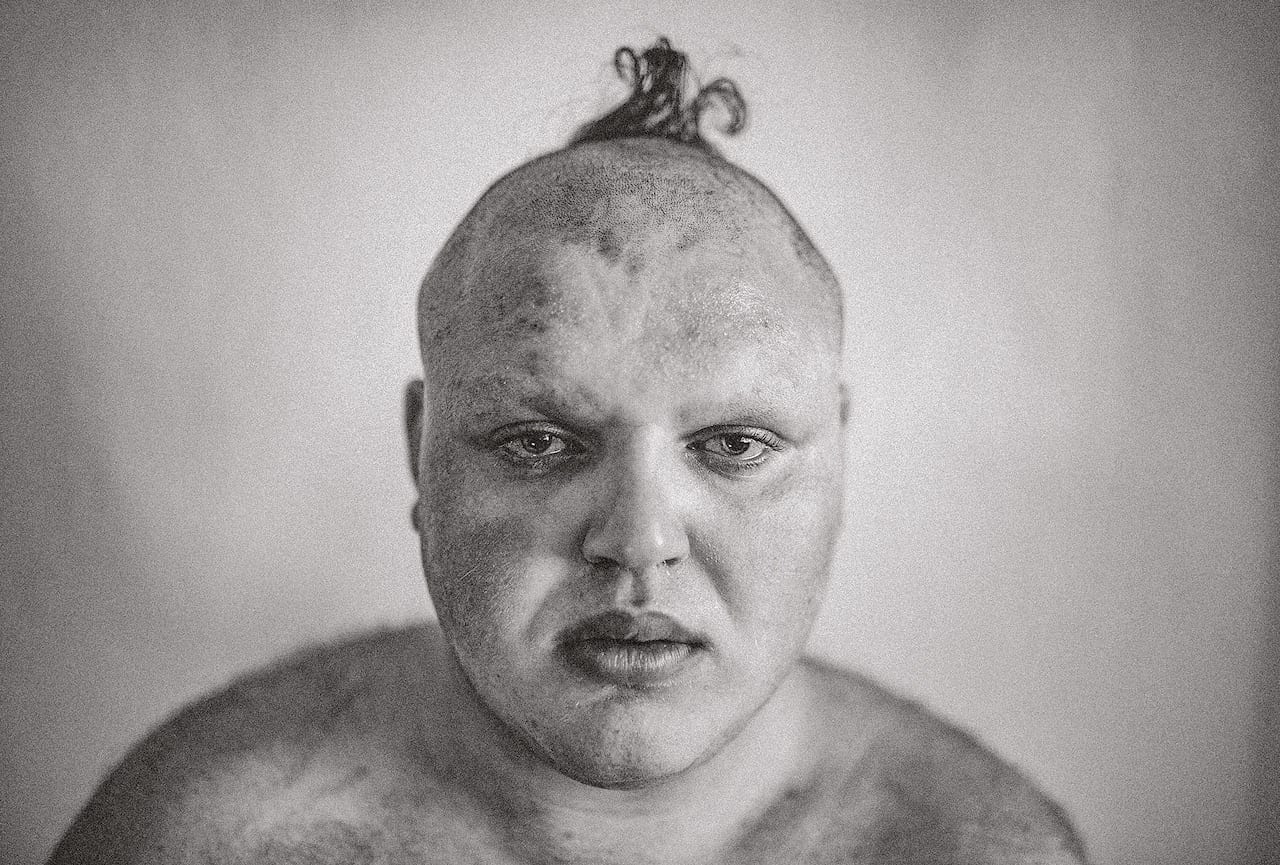
Identity politics looms large for many young Turkish photographers. Not least Cansu Yıldıran, whose work explores her roots in the Kusmer highlands, and her adopted community in Istanbul
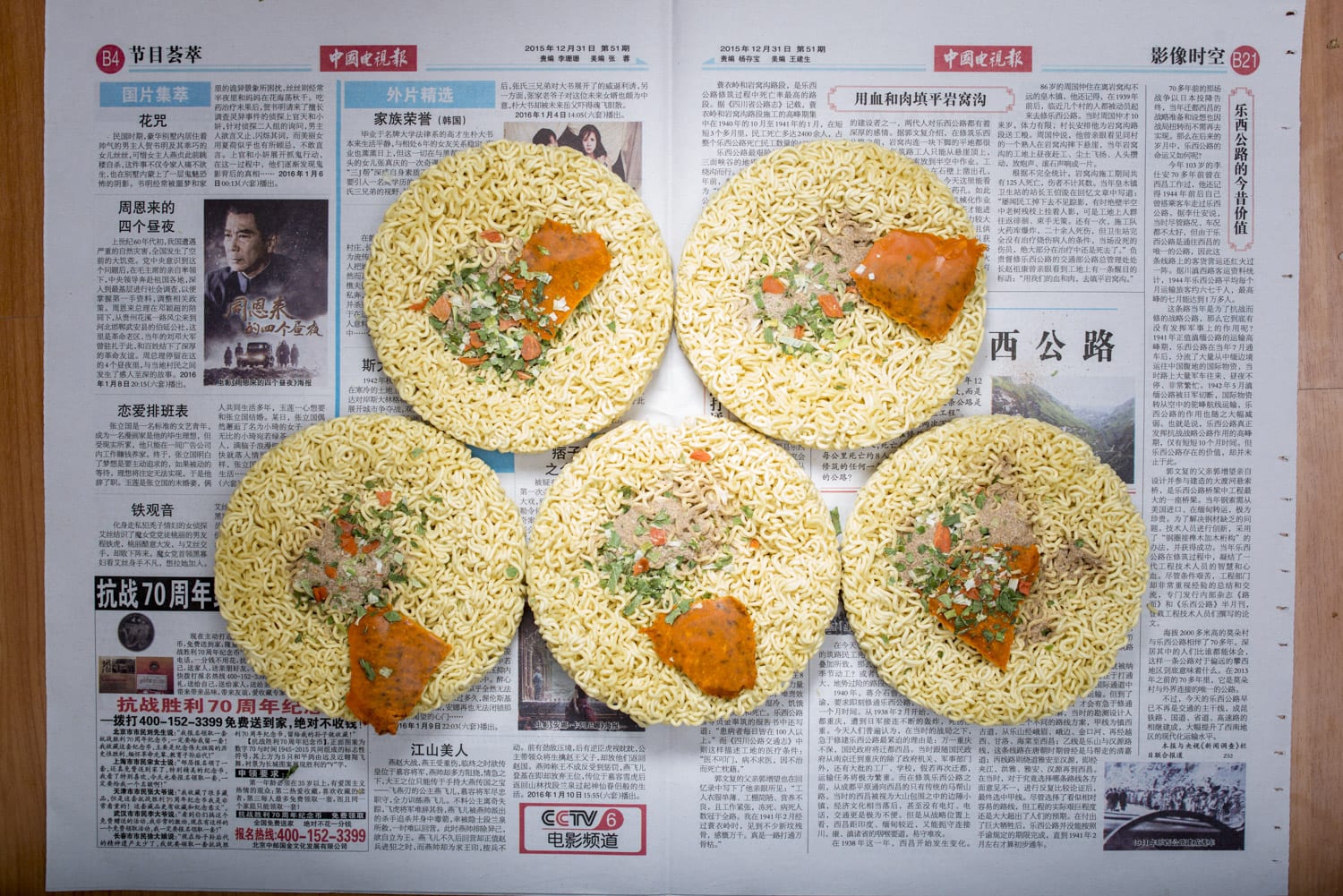
A new book by photographer-economist duo Chow and Lin uses food to illustrate the daily budgets of those living in poverty
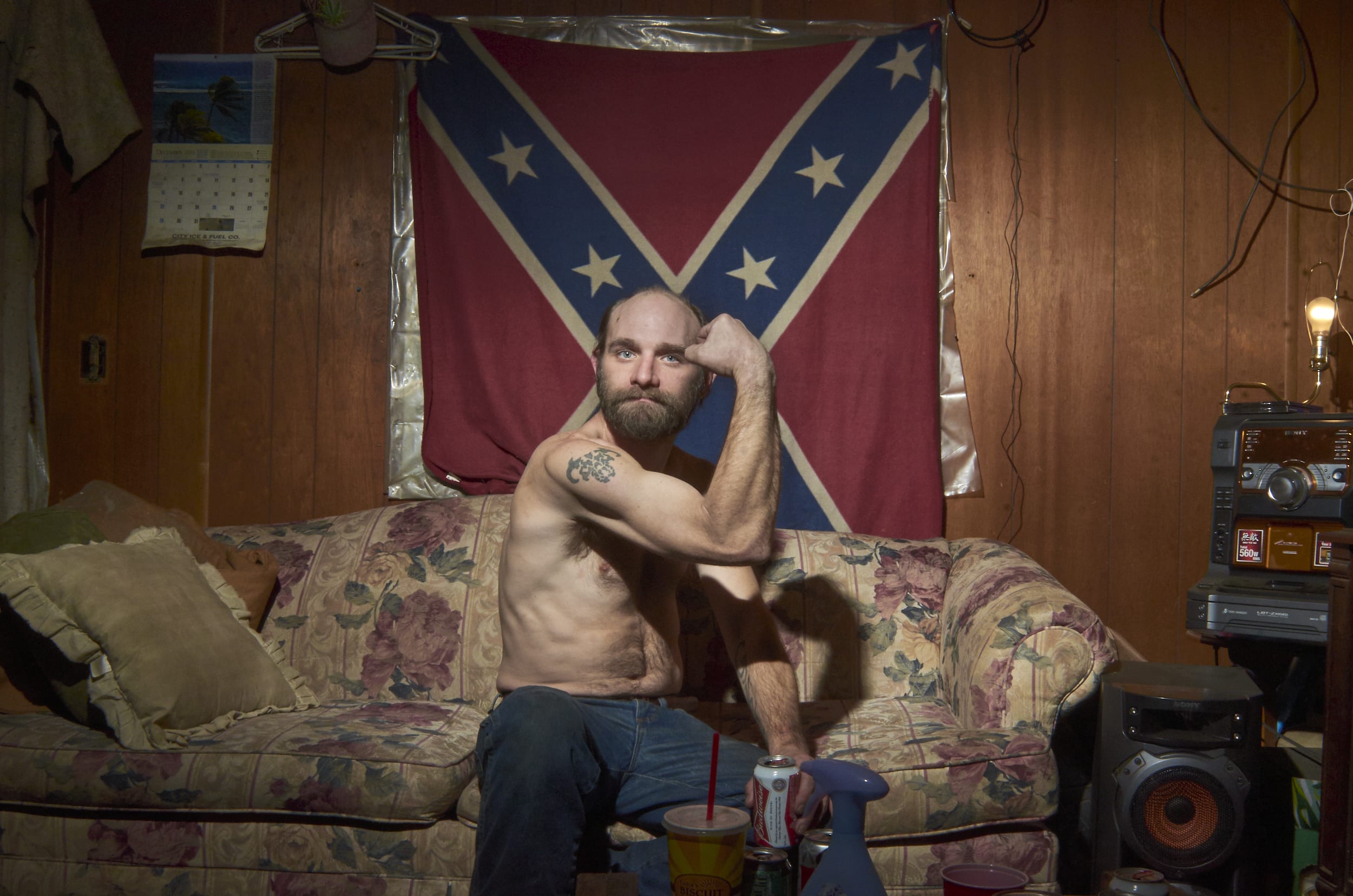
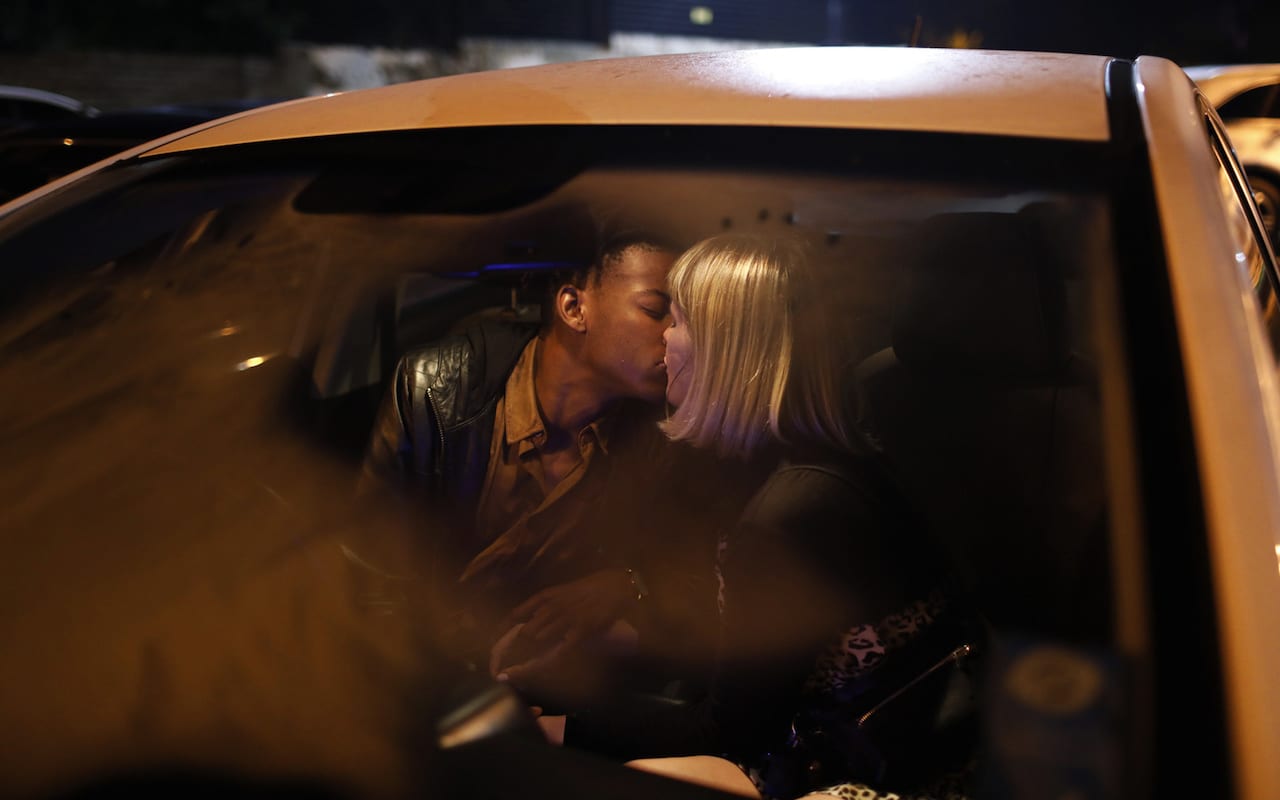
Twenty five years have passed since apartheid ended and Nelson Mandela became president. Ilvy Njiokiktjien’s decade-long project documents the opportunities and challenges faced by the children of the “rainbow nation”
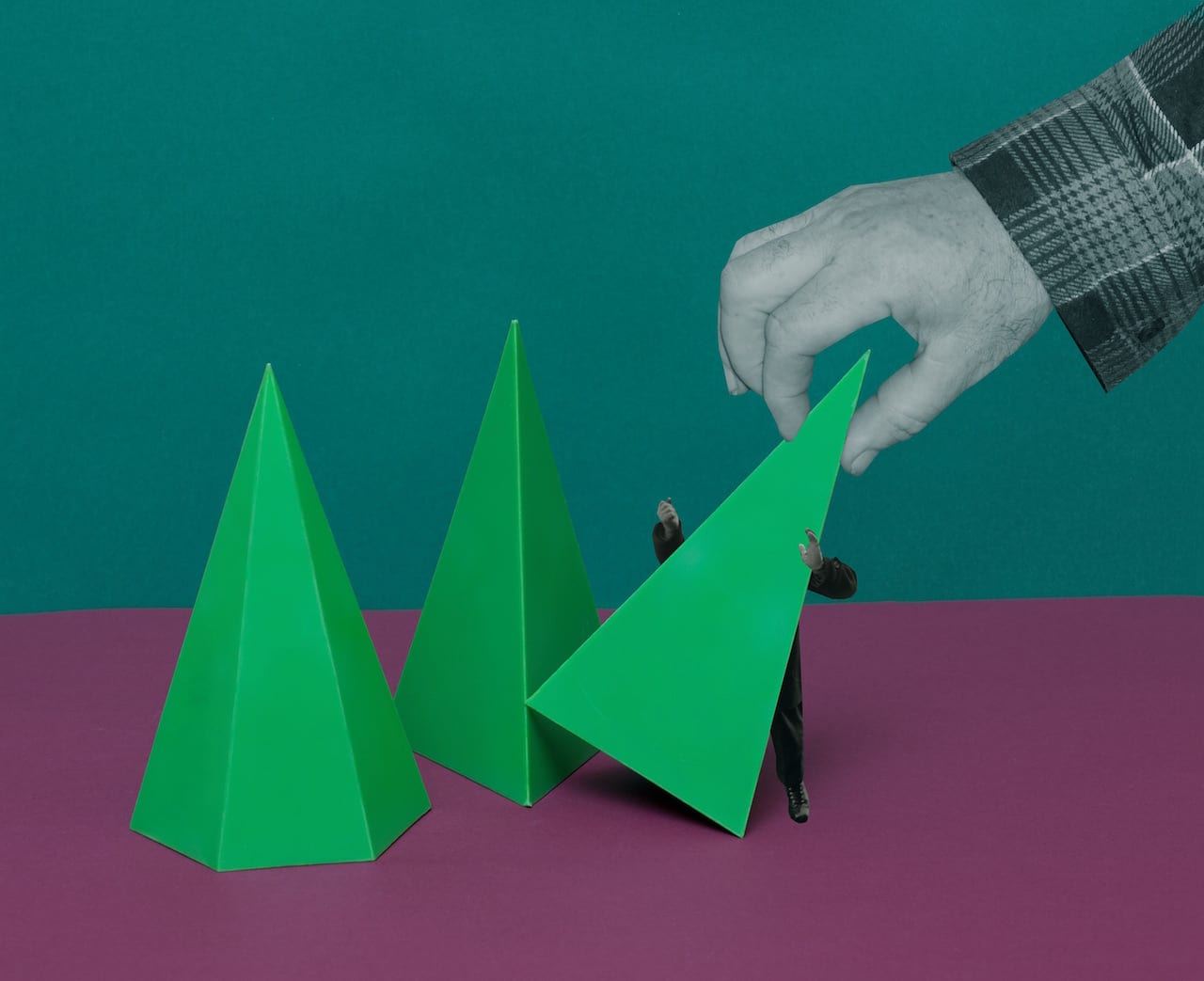
Last time I spoke to Polish photographer Rafal Milach, he told me that protesting the alarmingly fast political changes brought about by the PiS (Law and Justice) government felt like his new hobby. And he reiterates this today, speaking of the “permanent state of demonstration”. In summer 2016, he was invited to participate within the Kolekcja Września residency programme, which each year selects a photographer to produce a body of work reflecting on town life. Milach and his Sputnik colleagues have been amassing an archive of found and newly shot photographs from the post-communist Eastern Bloc for their Lost Territories projects, so he was naturally drawn to the town’s historical material. He was also aware of a children’s protest that had taken place there at the turn of the 20th century, when western Poland was under German occupation.